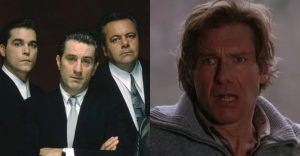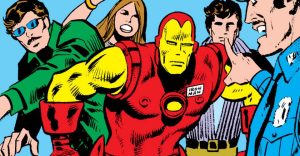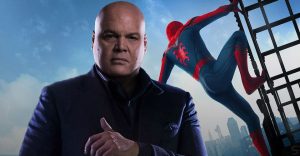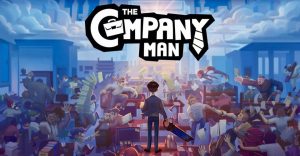Harry Potter: Why Voldemort’s Film Design Change Actually Made Him Creepier
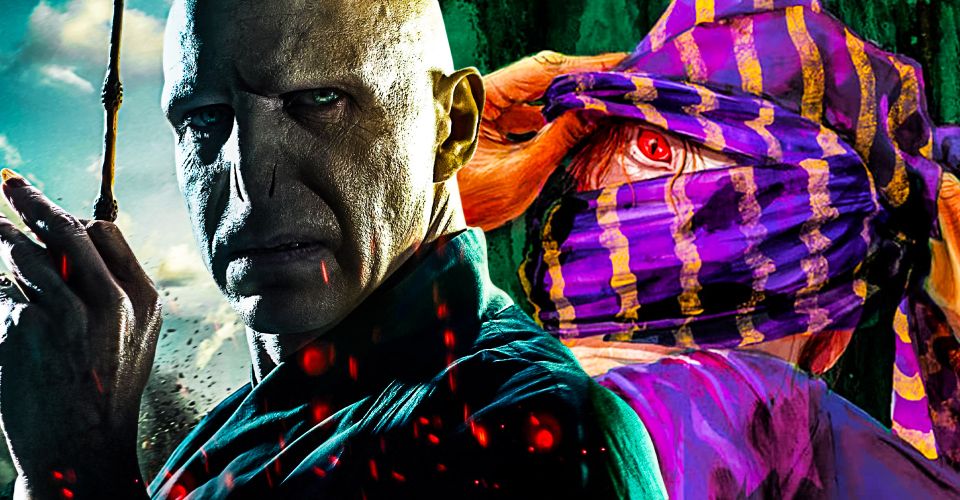
The dark wizard Voldemort had a notably different visual design in the Harry Potter movies when compared to the books, but one change made him a far creepier antagonist. Played by several actors, but most notably Ralph Fiennes, Voldemort is the ultimate antagonist of the main literary and cinematic storyline in the Harry Potter franchise, with his bigotry-fueled conquests and vendetta with the titular hero serving as their ultimate conflict. Fiennes requested that a specific change be made to the film’s final version of Voldemort, and this change made Voldemort far more unsettling, both visually and symbolically.
Voldemort, formerly known as Tom Riddle, was obsessed with preserving his life at all costs. As Riddle ascended to become the world’s most feared wizard, he nearly secured immortality through the use of Horcruxes. By committing callous acts of murder, Riddle split his soul and bound the fragments to valuable objects, but the process had additional side effects. In addition to ravaging his esoteric self, Voldemort’s creation of Horcruxes also deformed his physical appearance, twisting him into a monstrous being whose frightening appearance reflected his malice.
The Harry Potter books describe Riddle’s gradual visual transformation as he becomes the infamous Lord Voldemort. Presumably the direct result of his Horcrux endeavors, Riddle’s skin became deathly pale and his eyes red and bloodshot. It is believed this is how Voldemort looked during the First Wizarding War. When his body was restored during Harry Potter’s fourth school year, Voldemort appeared even less human, with a deathly thin frame, slits instead of a nose, and red, reptilian eyes. Ralph Fiennes was initially going to match this appearance in the film adaptation of Harry Potter and the Goblet of Fire, but he requested to keep his natural blue eyes in the final cut, a decision that proved beneficial.

With human eyes, Voldemort was a far creepier villain. While the book version of Voldemort gradually takes on a monstrous appearance to match the horror of his atrocities, the film iteration holds on to one aspect of Riddle’s humanity, even in his final form. Without contacts or CGI enhancements, Fiennes could express more of his emotions as Voldemort, but there was an additional benefit. Having Voldemort resemble a monster more than a man makes it all too easy to forget his origins. Having a reptilian corpse-like being with human eyes is far creepier, as one can see the man he once was underneath the horror, and Riddle was more frightening as a human than a monster.
Flashbacks of Voldemort in the book and film version of Harry Potter and the Half-Blood Prince depict him on the path to becoming Voldemort. Among other things, the flashbacks prove that a mundane, human Dark Wizard is far more unsettling than a monster. Riddle’s mundane appearance hid murderous malice as he discovered the secrets of Horcruxes and remorselessly murdered people in his pursuit of immortality, and the retention of his human eyes as Voldemort reminds viewers of this.
Voldemort notably appeared at the end of Harry Potter and the Sorcerer’s Stone, albeit sharing a head with Professor Quirrell. Voldemort’s brief scenes in the film likely resembled his appearance during the First Wizarding War. Voldemort had chalky skin and red eyes, but lacked the skeletal gauntness and had a human nose. Juxtaposing Voldemort’s blue, human eyes with his inhuman appearance in most of the Harry Potter films, however, made him a far creepier villain than he’d have been otherwise.
- Fantastic Beasts: The Secrets of Dumbledore (2022)Release date: Apr 15, 2022
About The Author













